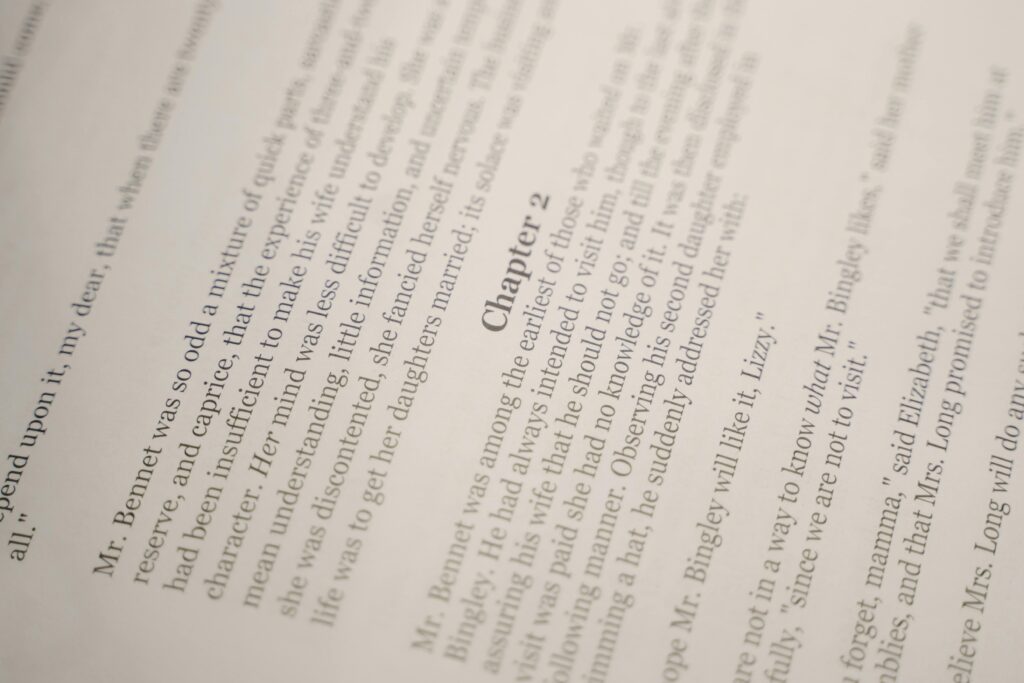Creating a professional and correctly formatted screenplay title page is crucial for making a positive first impression on readers and industry professionals. This guide will walk you through the essential elements and best practices to ensure your title page meets industry standards.
Essential Elements of a Screenplay Title Page
A standard screenplay title page should include the following components:
- Title of the Script: Centered horizontally and positioned approximately one-third down the page. The title should be in all capital letters and can be bold or underlined for emphasis.
- Author’s Name: Placed four lines below the title, preceded by “by” or “written by.” If multiple authors collaborated, use an ampersand (&) between names for a writing team or “and” for separate contributions.
- Contact Information: Located at the bottom left or right corner of the page, including your email address and phone number. If you have representation, their contact details can be listed instead.
Formatting Guidelines
Adhering to industry-standard formatting ensures your screenplay is taken seriously:
- Font and Size: Use 12-point Courier font throughout the title page and the entire script.
- Margins: Set margins to 1 inch on all sides, with the left margin at 1.5 inches to accommodate binding.
- Spacing: Single-space each element, with appropriate line breaks between sections to maintain clarity and readability.
Additional Credits and Information
Depending on the nature of your screenplay, you may need to include additional credits:
- “Story By” Credit: If the story was developed by someone other than the screenwriter, include this credit below the title and above the “written by” line.
- “Based On” Credit: For adaptations, specify the original work, such as “Based on the novel by [Author’s Name].” This should be placed below the author’s name.
- Revision Information: If applicable, include “Revisions by” followed by the revising writer’s name and the date of revision. This is typically placed below the original author’s name and any “based on” credits.
Common Questions About Screenplay Title Pages
Should I include a draft date on the title page?
Including a draft date is optional. While it can help you track versions, omitting the date can prevent the script from appearing outdated. If you choose to include it, place it in the bottom right corner of the page.
Is it necessary to add copyright information?
Adding copyright information or a WGA registration number is not mandatory and can sometimes be perceived as amateurish. If you decide to include it, place it discreetly in the bottom corner opposite your contact information.
Can I add images or graphics to the title page?
It’s best to avoid adding images, graphics, or stylized fonts to the title page. Keeping the design simple and professional ensures the focus remains on the content of your screenplay.
Utilizing Screenwriting Software
Professional screenwriting software can simplify the formatting process:
- Final Draft: Offers built-in templates that automatically format the title page according to industry standards.
- Celtx: Provides user-friendly tools for creating properly formatted title pages and scripts.
- Arc Studio: Includes features that assist in maintaining correct formatting throughout your screenplay.
These tools help ensure consistency and professionalism in your script’s presentation.
Conclusion
A well-formatted screenplay title page sets the tone for your script and demonstrates your attention to detail. By following industry standards and best practices, you enhance the readability and professionalism of your work, increasing its chances of making a positive impression on readers and industry professionals.


